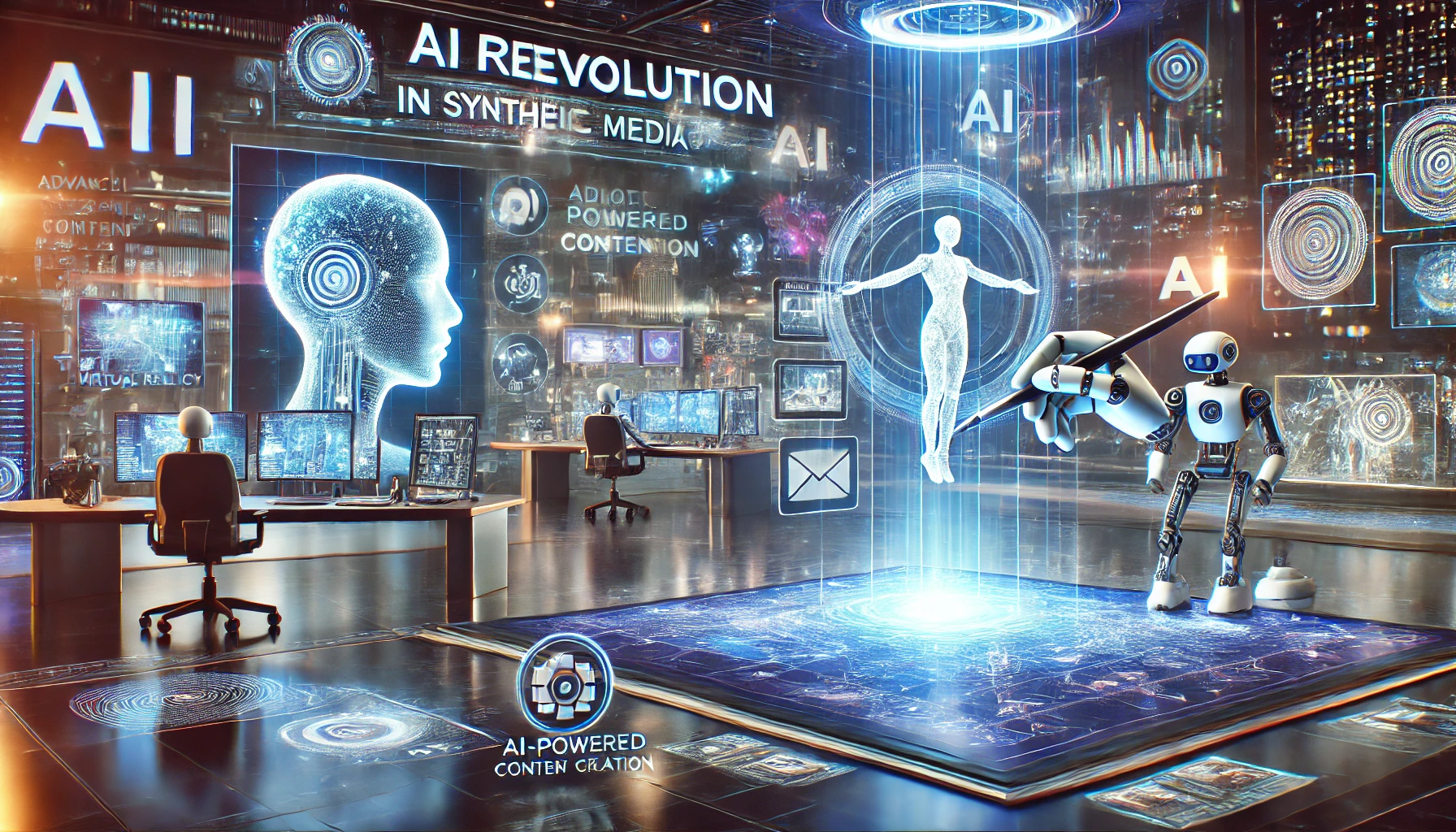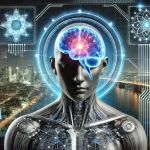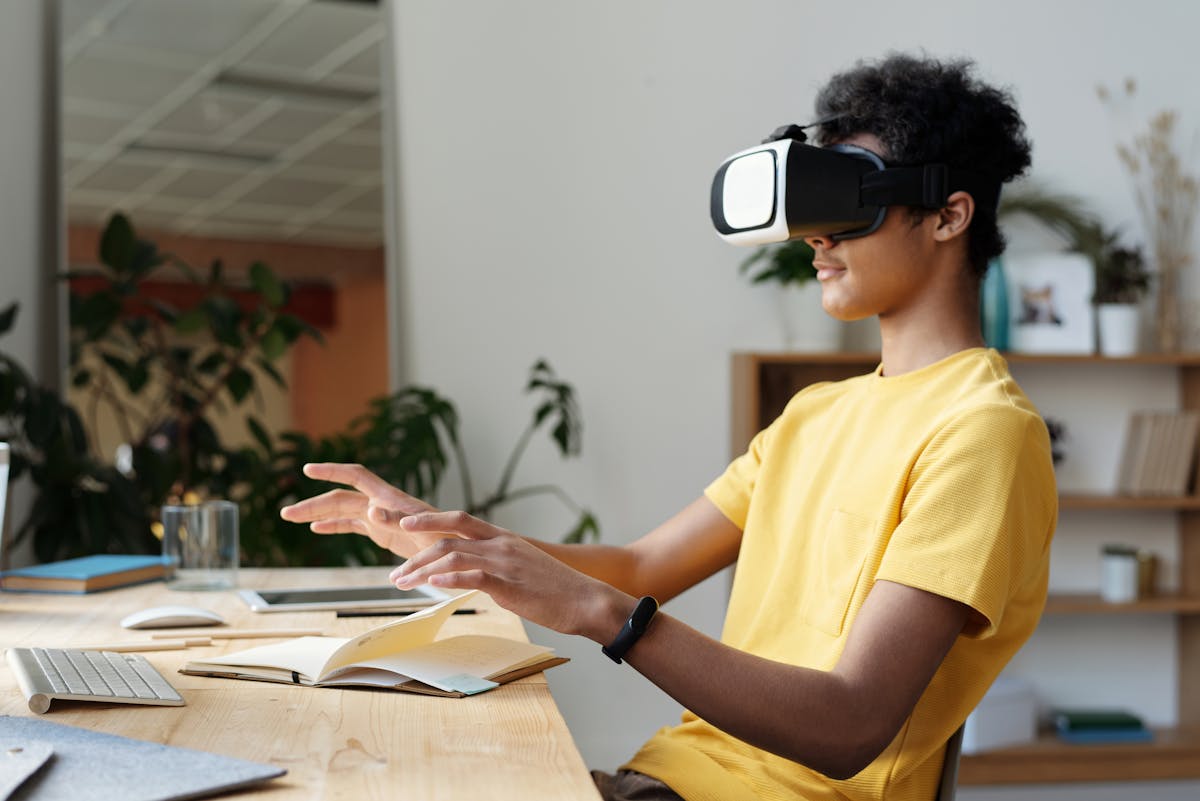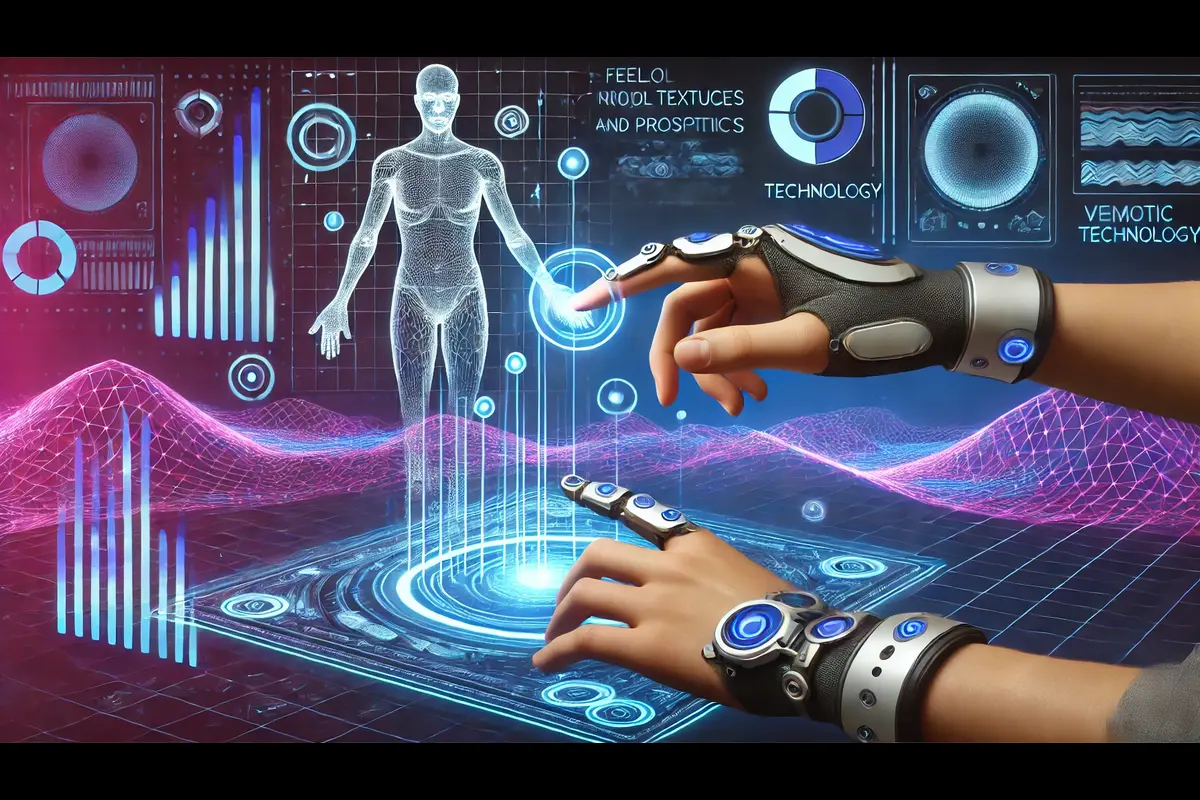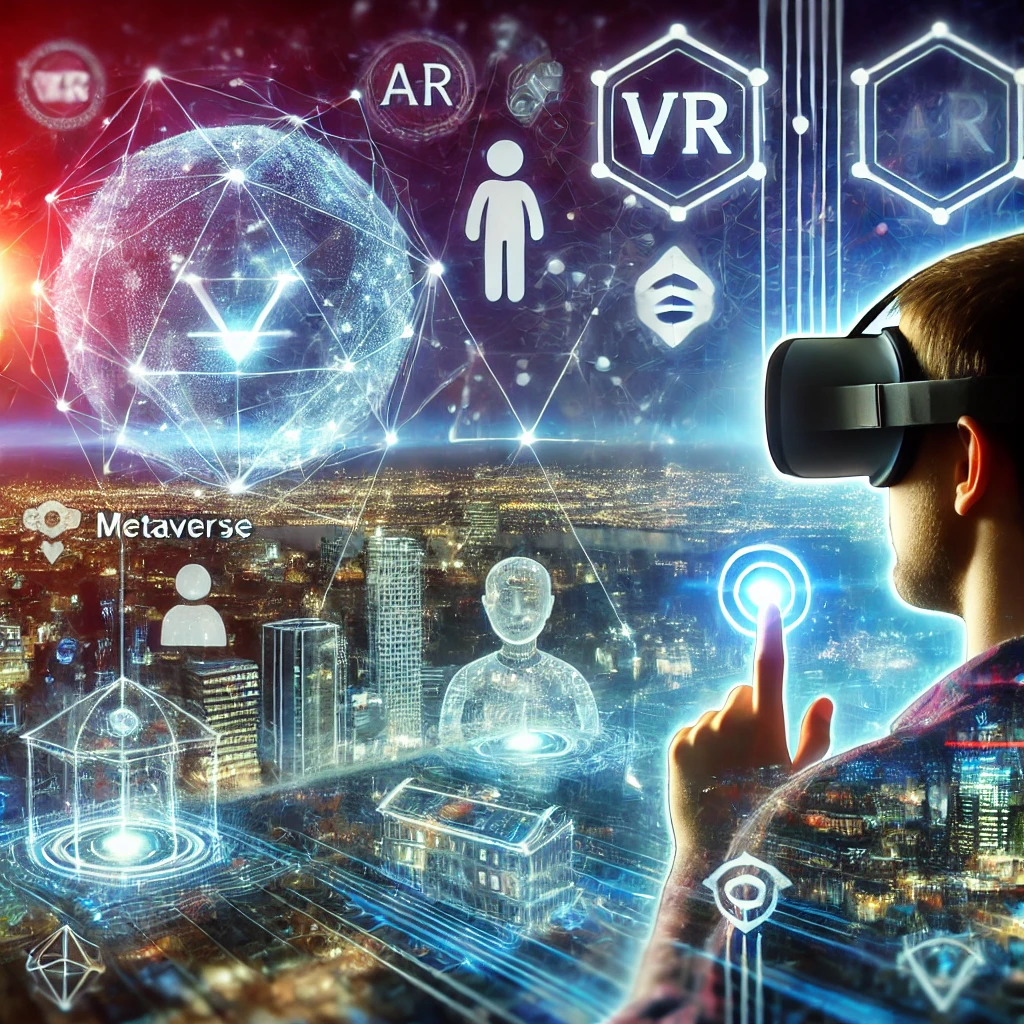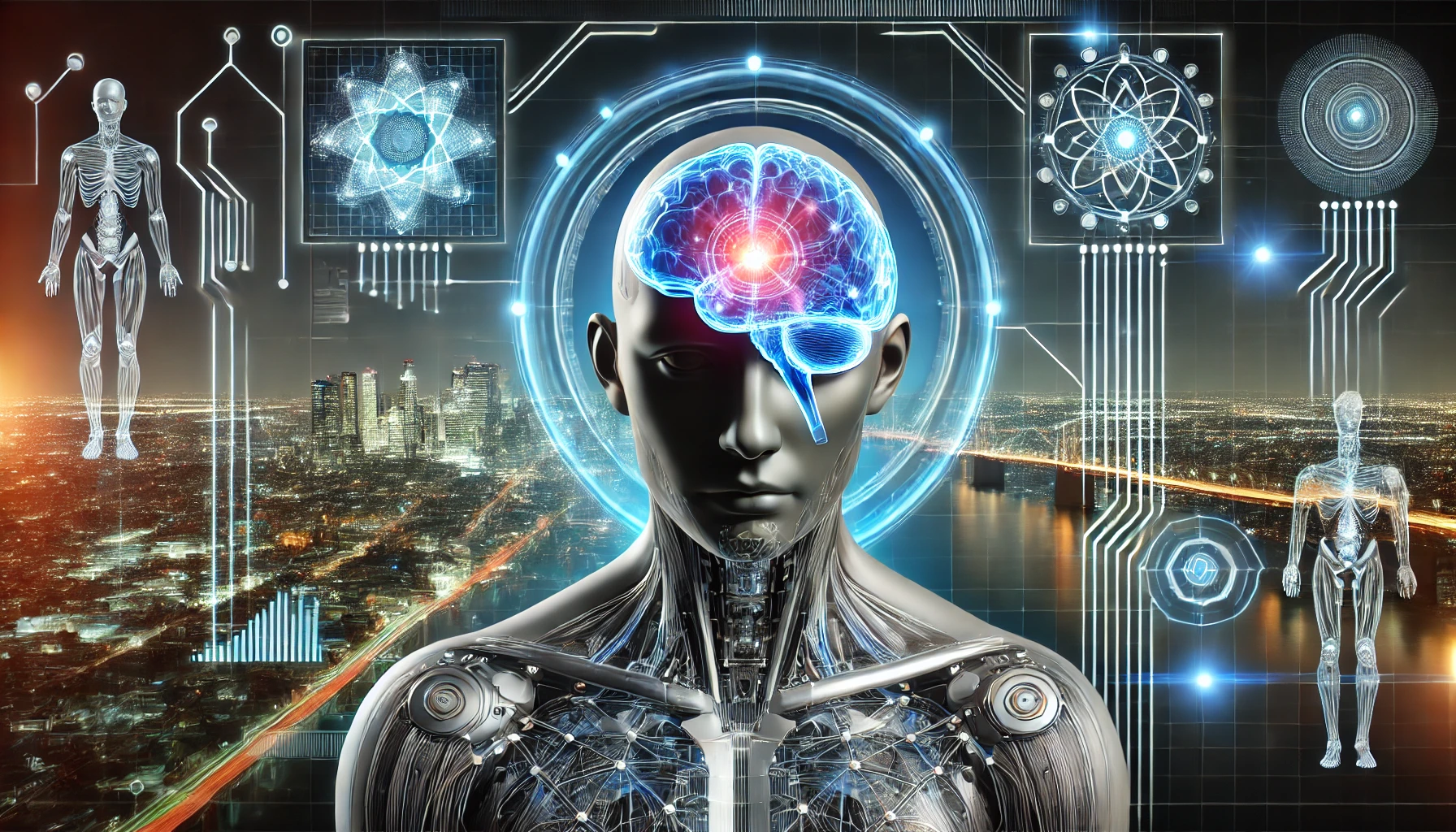Synthetic Media: The AI Revolution in Digital Content
Introduction
In the ever-evolving digital landscape, the term Synthetic Media has emerged as a revolutionary force. Synthetic Media refers to artificially generated or manipulated content, including text, images, audio, and video, that is created using advanced artificial intelligence (AI) and machine learning (ML) technologies. As AI-driven content generation tools continue to advance, Synthetic Media is reshaping industries such as entertainment, marketing, education, and journalism. This blog explores the different types of Synthetic Media and its modern-day implications and applications.
Types of Synthetic Media
AI-Generated Text
AI-driven natural language processing (NLP) models, such as OpenAI’s GPT-4, are capable of generating human-like text for various purposes. These models power applications including chatbots, automated content creation, and virtual assistants. AI-generated text is widely used for writing articles, summarizing documents, and even creating fiction and poetry.
Synthetic Images and Videos
AI-powered tools like Generative Adversarial Networks (GANs) enable the creation of highly realistic synthetic images and videos. These tools can generate deepfake videos, AI-created portraits, and virtual influencers. Popular applications include face-swapping technology in filmmaking, AI-driven advertising, and the enhancement of video effects in digital media production.
AI-Generated Audio and Speech Synthesis
Synthetic Media also extends to AI-generated audio, including speech synthesis and voice cloning. Deep learning models can replicate human voices with astonishing accuracy, allowing for text-to-speech applications, audiobook narration, and voice assistance. Companies like Google, Amazon, and Microsoft are at the forefront of developing realistic AI-generated voices for customer interactions and accessibility tools.
Virtual Humans and Avatars
AI-powered virtual humans and avatars are being used in interactive media, gaming, and customer service. These digital personas can mimic human expressions, speech, and gestures, providing realistic interactions in virtual environments. Virtual influencers such as Lil Miquela have gained popularity on social media, blurring the lines between human and AI-generated personas.
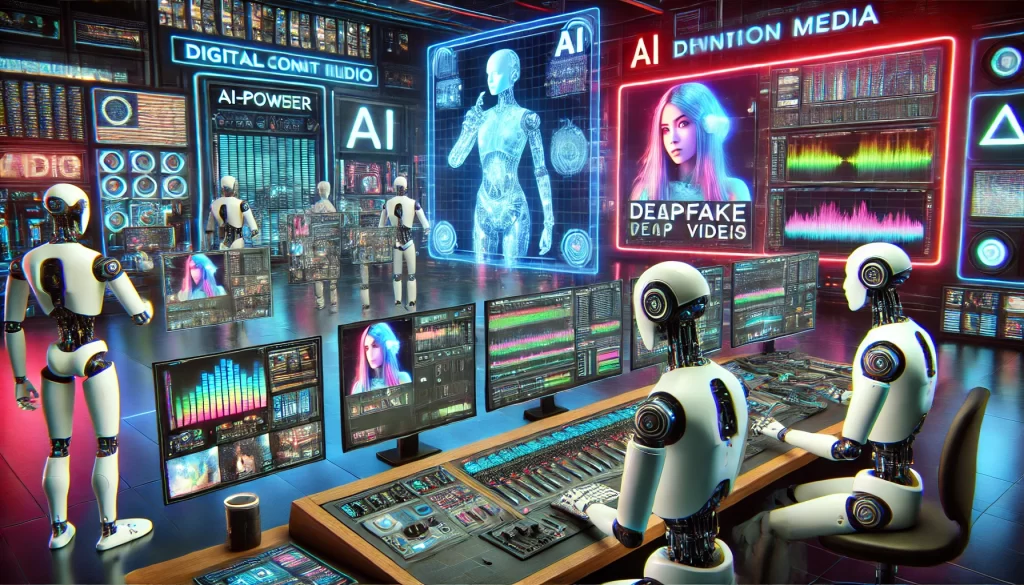
Modern-Day Implications and Applications of Synthetic Media
Entertainment and Content Creation
The entertainment industry has embraced Synthetic Media for creating hyper-realistic CGI characters, AI-generated music, and automated storytelling. AI-powered tools enable filmmakers to de-age actors, generate realistic visual effects, and enhance animation quality. Platforms like YouTube and TikTok leverage AI-driven content recommendations, further optimizing user engagement.
Marketing and Advertising
AI-generated content is transforming digital marketing and advertising by automating content production and personalizing brand interactions. Brands can now generate targeted advertisements using AI-powered tools that create customized visuals, voiceovers, and promotional videos. AI-driven personalization enhances customer engagement, making marketing efforts more effective and cost-efficient.
Education and E-Learning
Synthetic Media plays a crucial role in e-learning by generating interactive and immersive educational content. AI-driven avatars and voice synthesis technologies enable real-time translation, virtual tutoring, and personalized learning experiences. Institutions are leveraging AI-generated course materials and automated assessments to enhance remote education.
Journalism and News Reporting
AI-generated text and deepfake detection tools are transforming journalism by automating news writing and verifying digital content authenticity. Media outlets utilize AI to generate real-time reports, summarize news articles, and detect misinformation. However, the rise of AI-generated fake news also poses ethical and regulatory challenges for the industry.
Healthcare and Accessibility
Synthetic Media is being used in healthcare for AI-driven diagnostics, medical simulations, and accessibility solutions. AI-powered voice synthesis aids individuals with speech impairments by providing personalized voice assistance. Additionally, AI-generated medical imagery helps in disease detection and treatment planning.
Gaming and Virtual Reality (VR)
In the gaming industry, AI-generated assets, characters, and environments enhance user experience and game development efficiency. Virtual reality applications utilize AI-driven avatars and voice synthesis to create immersive simulations for training, entertainment, and social interactions.
Conclusion
Synthetic Media is reshaping the digital world, revolutionizing industries through AI-driven content generation. While the advancements in AI-powered text, images, audio, and virtual avatars offer remarkable opportunities, they also pose ethical and security challenges. As technology continues to evolve, it is imperative to establish responsible AI practices and regulatory frameworks to ensure that Synthetic Media benefits society while mitigating potential risks. The future of Synthetic Media is undoubtedly promising, paving the way for innovative digital experiences across multiple sectors.


